-
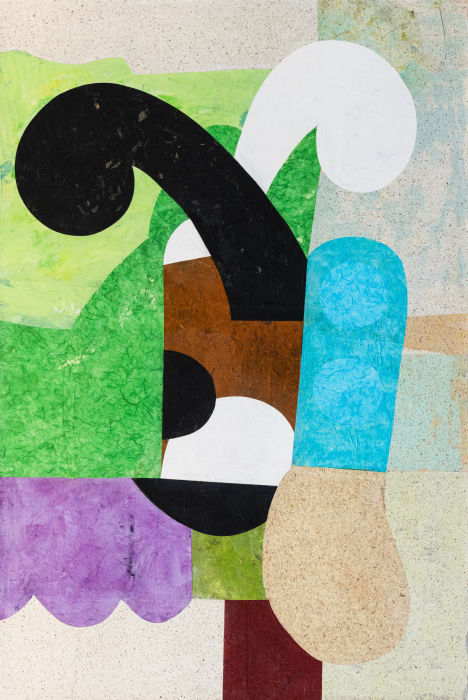 Black Hood
Black Hood
-
 Cloth of Gold
Cloth of Gold
-
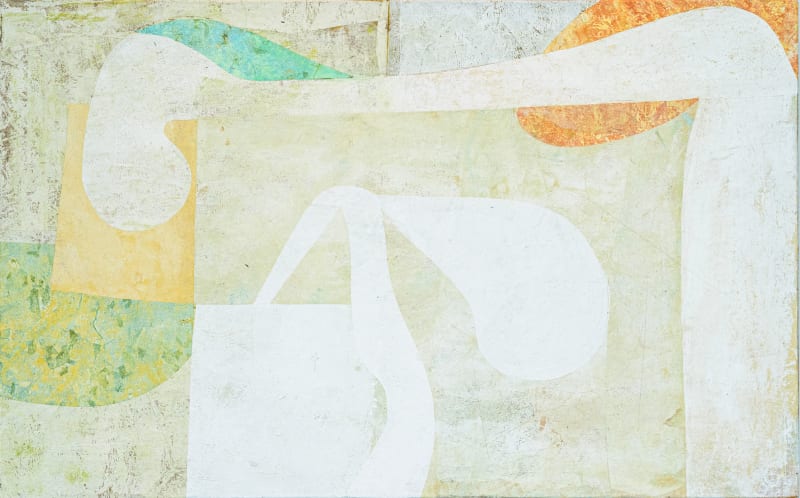 Covered Bridge
Covered Bridge
-
 Dark Pulpit
Dark Pulpit
-
 German Painter
German Painter
-
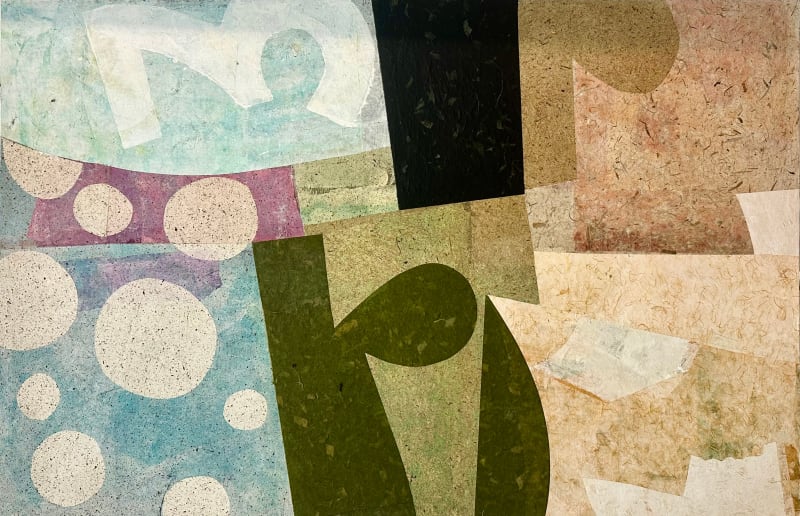 Grass Harp
Grass Harp
-
 Grey Ghost
Grey Ghost
-
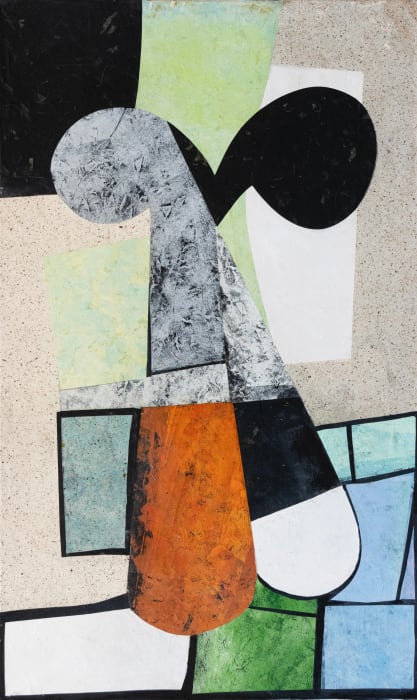 Irish Jackson
Irish Jackson
-
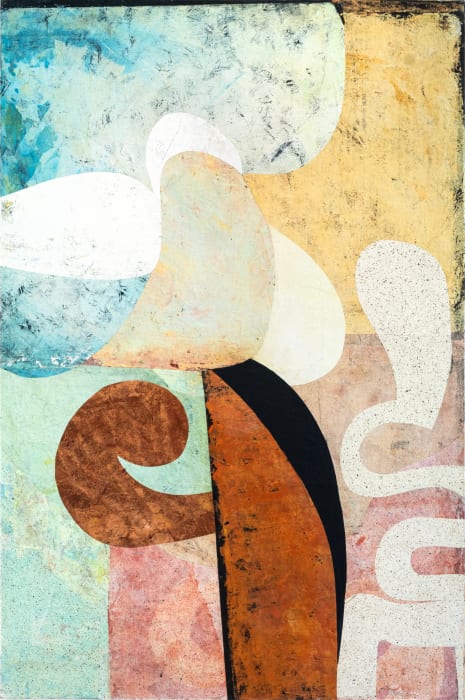 Maverick Road
Maverick Road
-
 Night Shift
Night Shift
-
 Pale Arc
Pale Arc
-
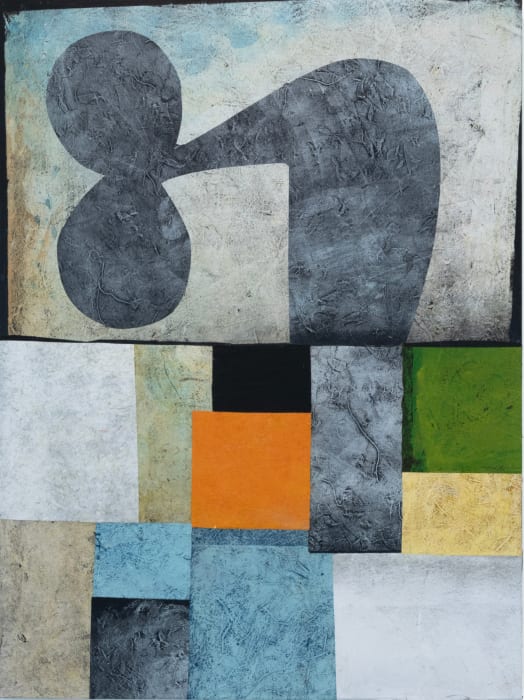 Private Dancer
Private Dancer
-
 Red Threads
Red Threads
-
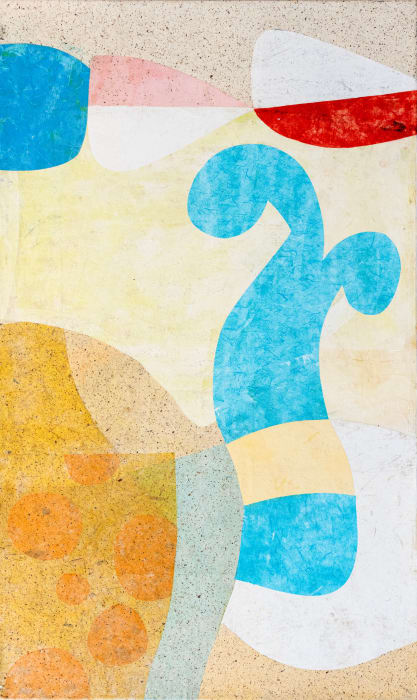 Ruby's Delight
Ruby's Delight
-
 Untitled 1
Untitled 1
-
 Untitled 2
Untitled 2
-
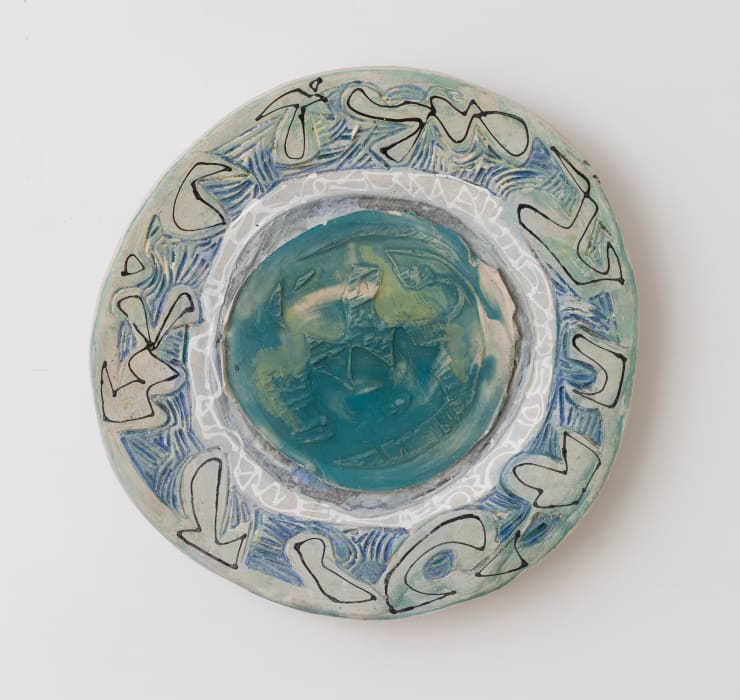 Untitled 3
Untitled 3
-
 Untitled 4
Untitled 4
-
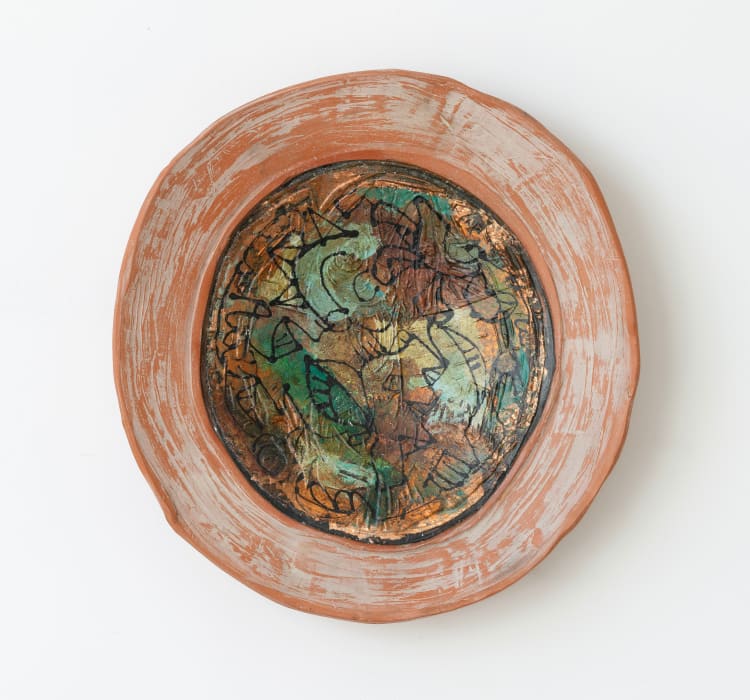 Untitled 5
Untitled 5
-
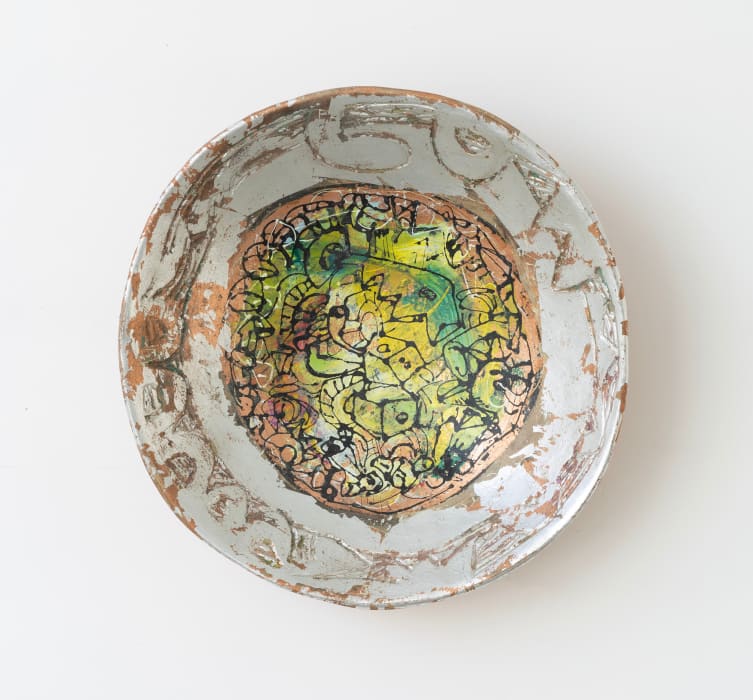 Untitled 6
Untitled 6
-
 Untitled 7
Untitled 7
-
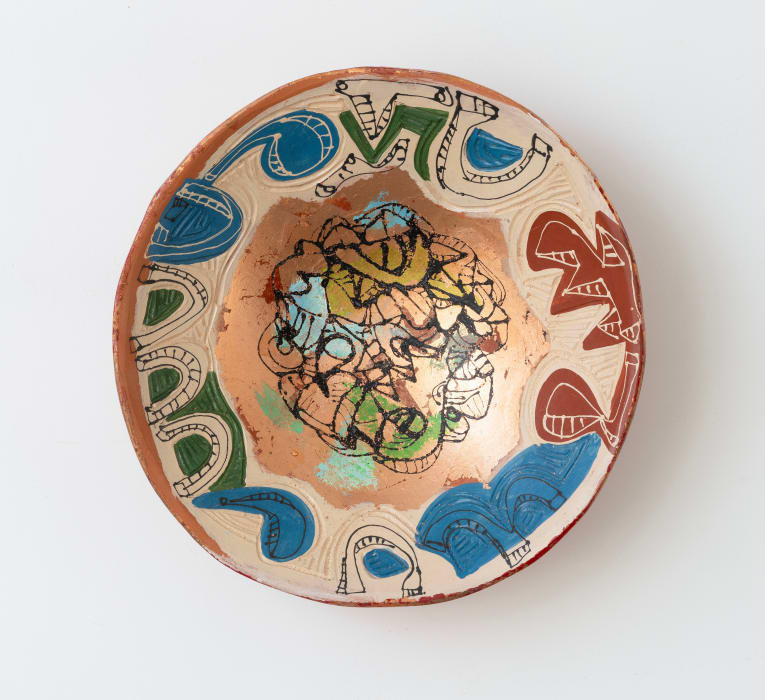 Untitled 8
Untitled 8
-
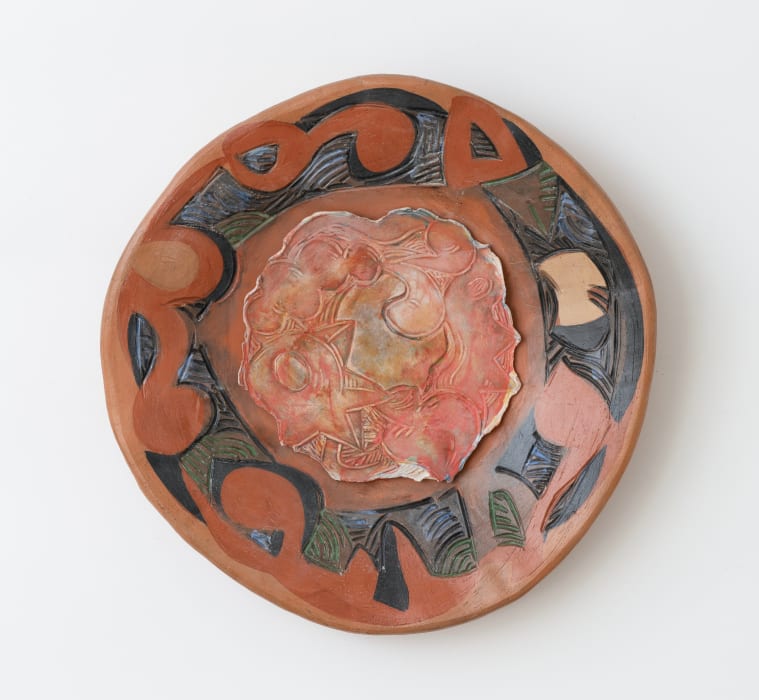 Untitled 9
Untitled 9
-
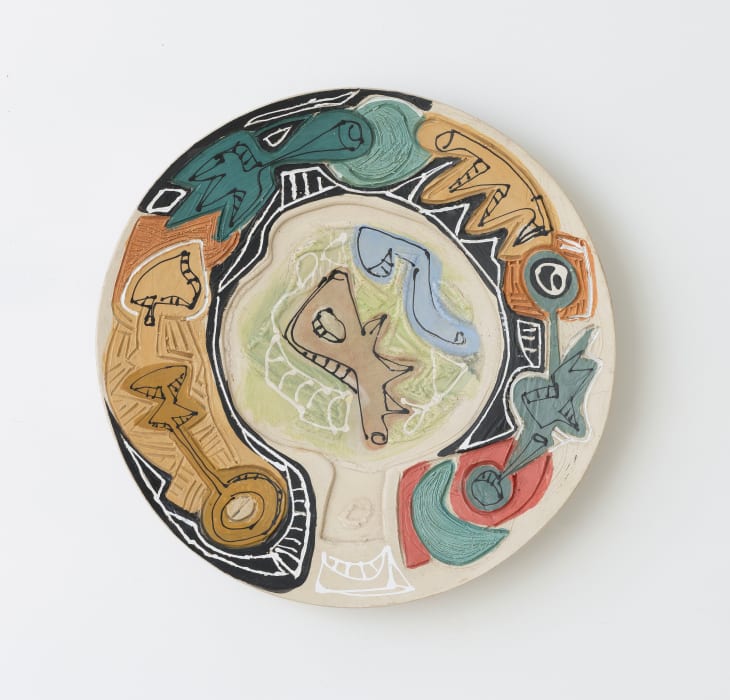 Untitled 10
Untitled 10
-
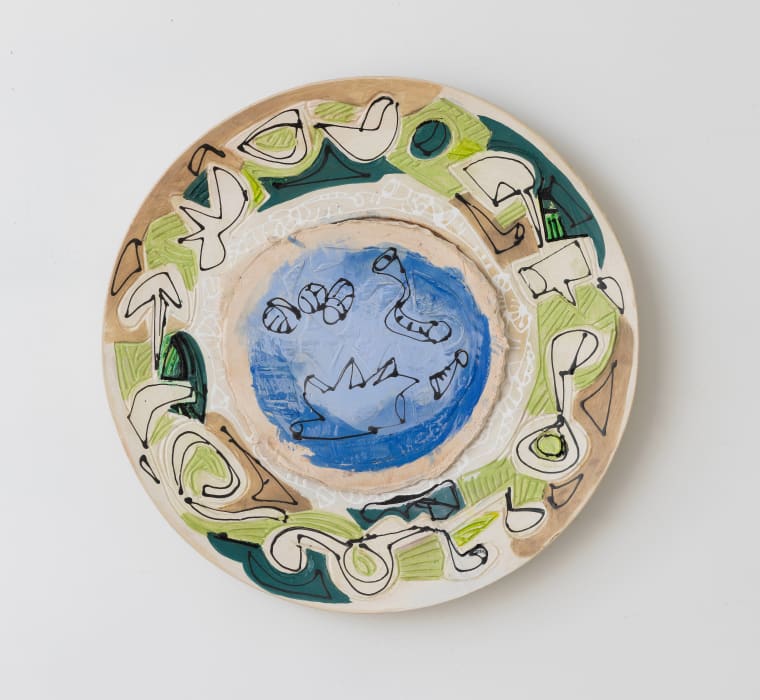 Untitled 11
Untitled 11
-
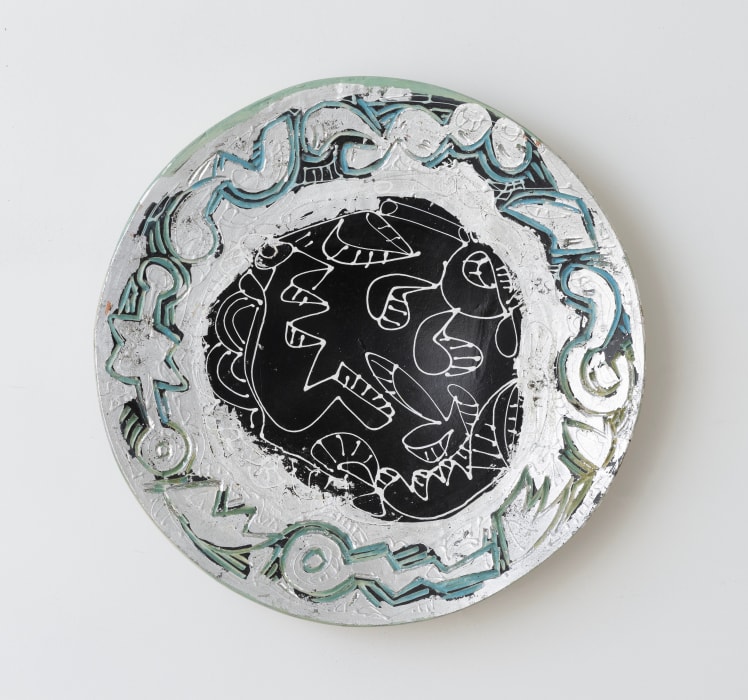 Untitled 12
Untitled 12
-
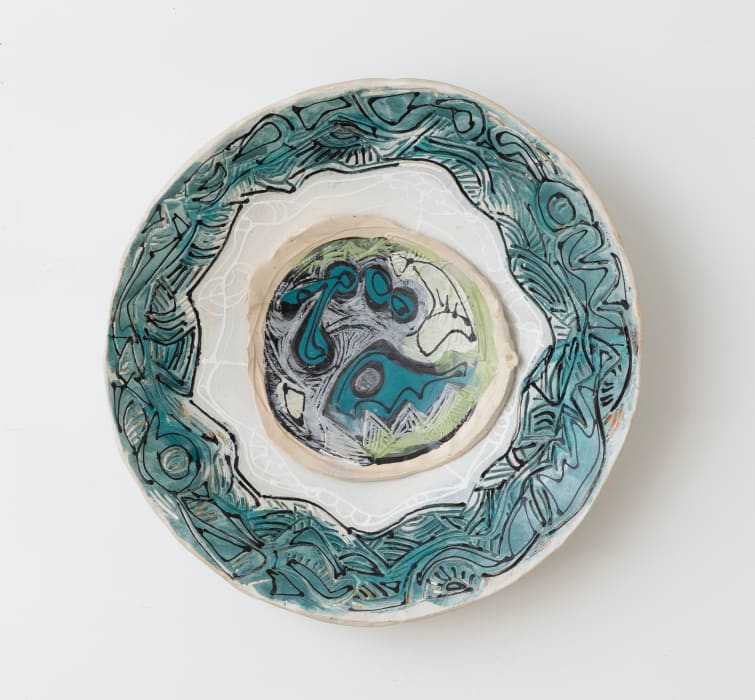 Untitled 13
Untitled 13
-
 Untitled 14
Untitled 14
-
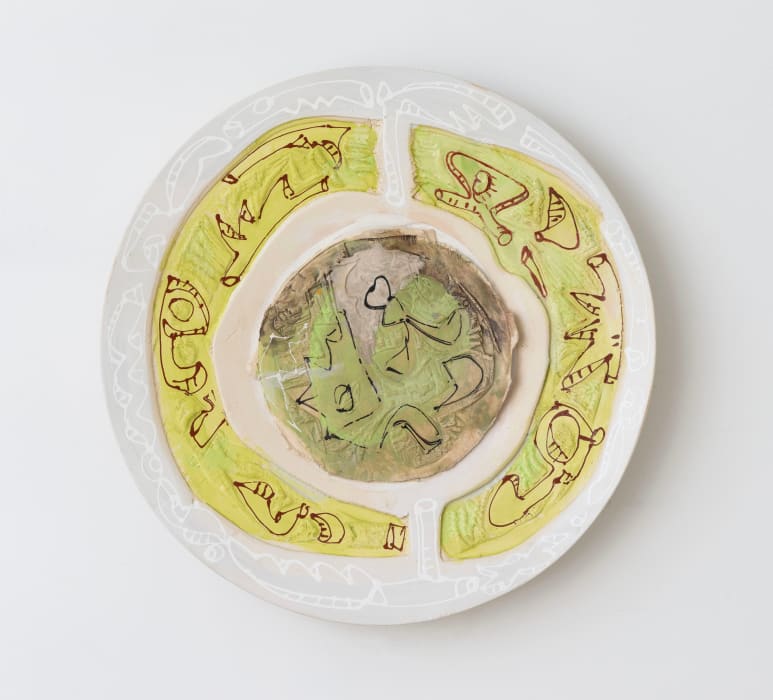 Untitled 15
Untitled 15
-
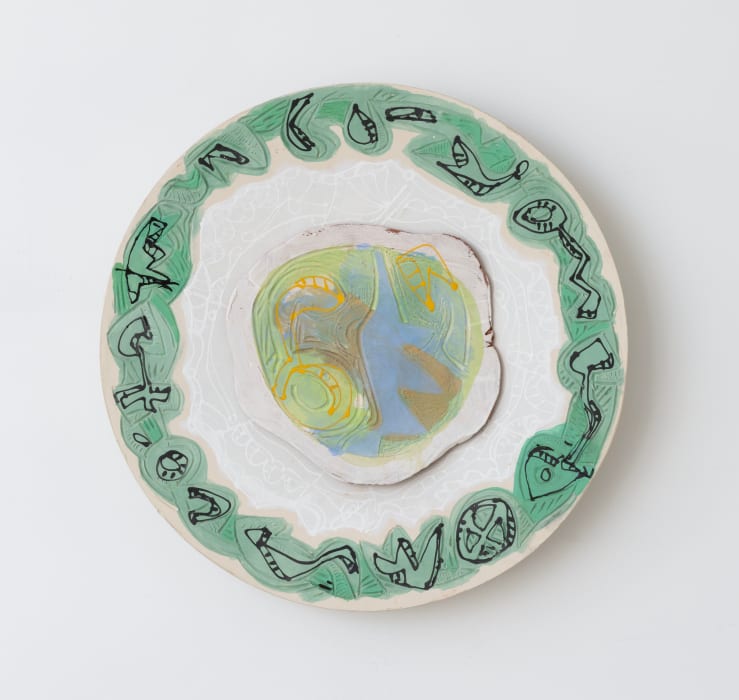 Untitled 16
Untitled 16
-
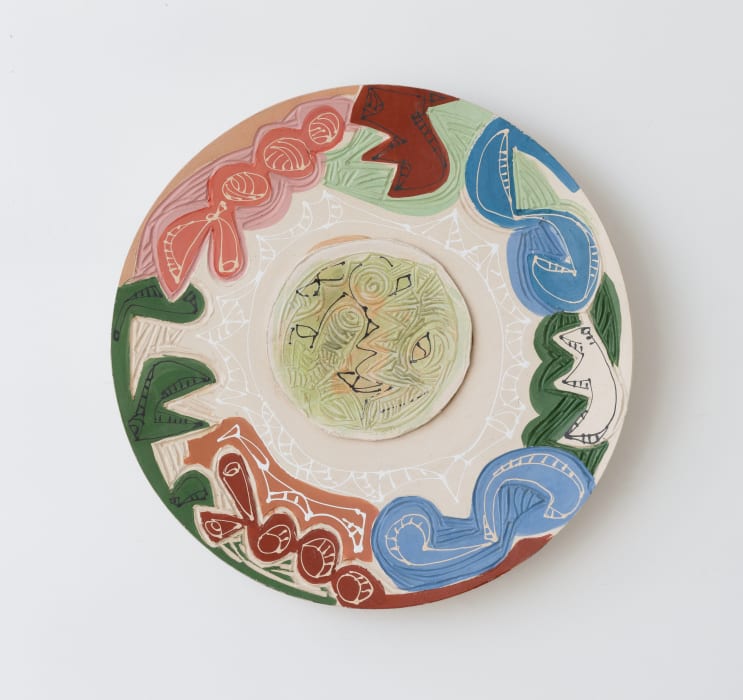 Untitled 17
Untitled 17
-
 Untitled 18
Untitled 18
-
 Untitled 19
Untitled 19
-
 Untitled 20
Untitled 20
-
 Untitled 21
Untitled 21
-
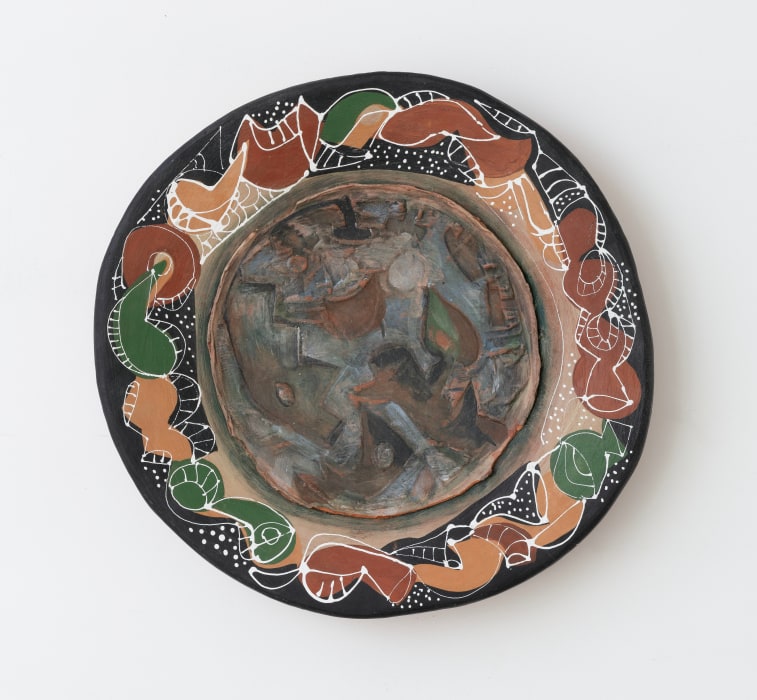 Untitled 22
Untitled 22
-
 Untitled 23
Untitled 23
-
 Untitled 24
Untitled 24
-
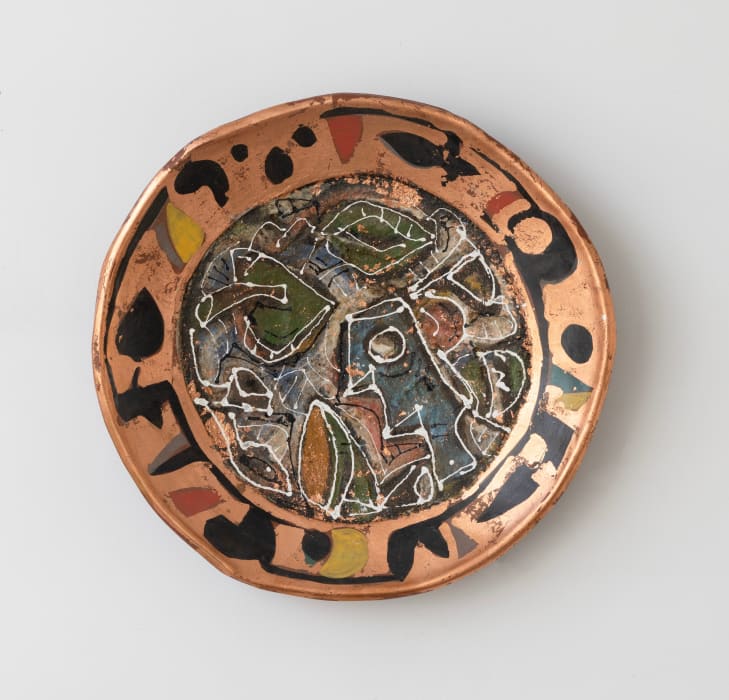 Untitled 25
Untitled 25
-
 Untitled 26
Untitled 26
-
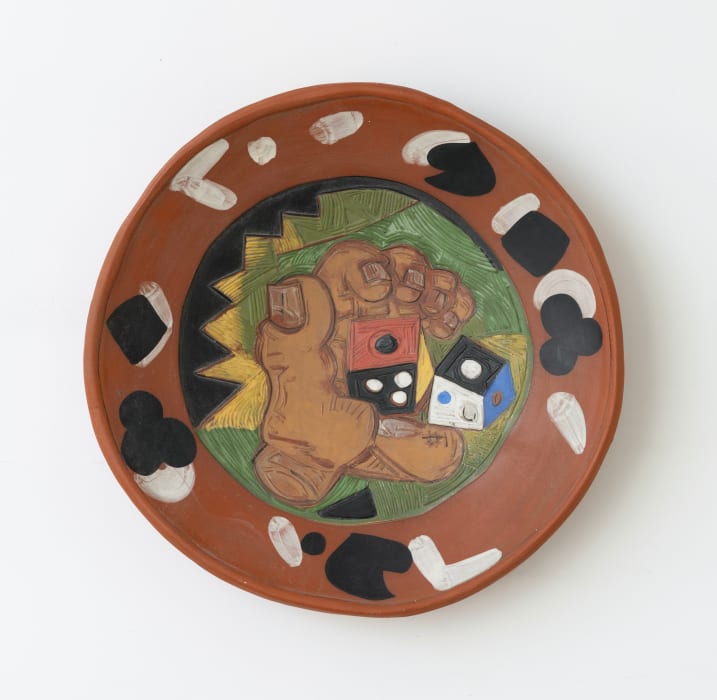 Untitled 27
Untitled 27
-
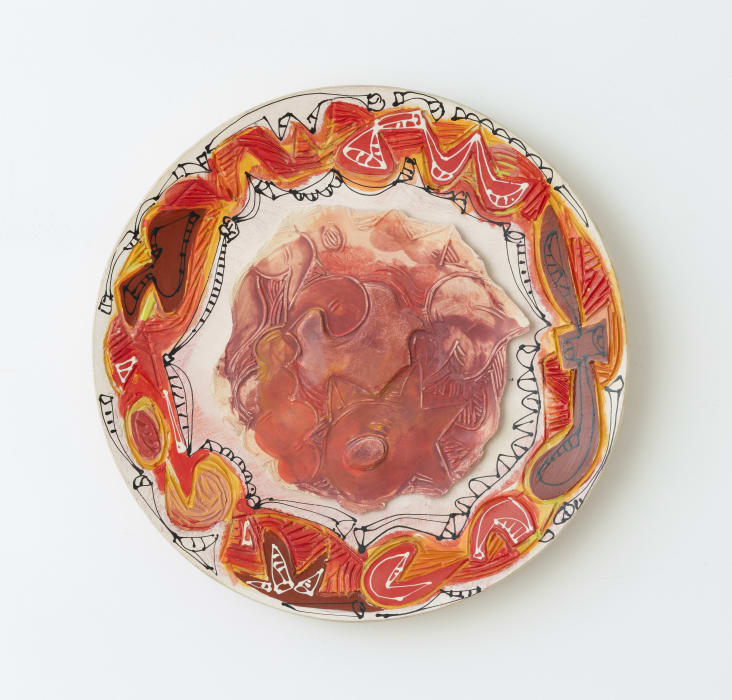 Untitled 28
Untitled 28
-
 Untitled 29
Untitled 29
-
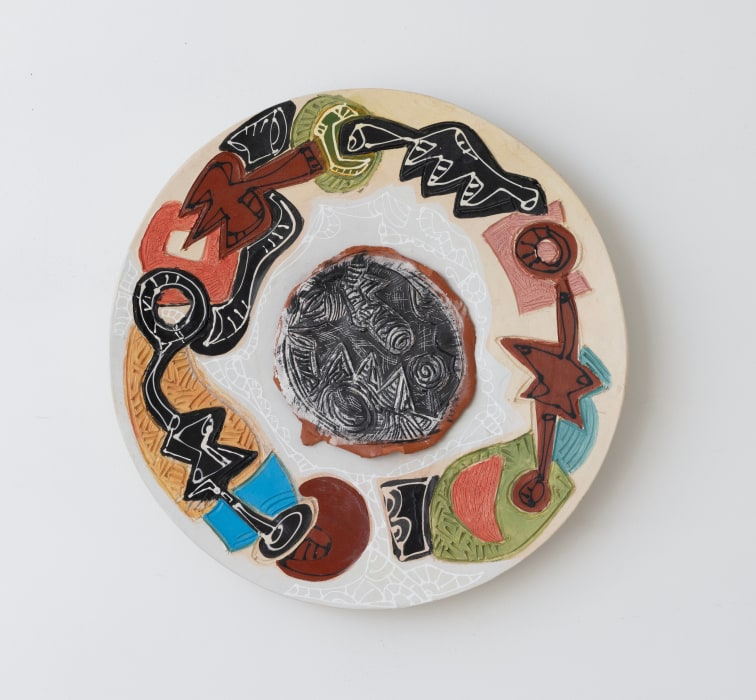 Untitled 30
Untitled 30
-
 Untitled 31
Untitled 31
-
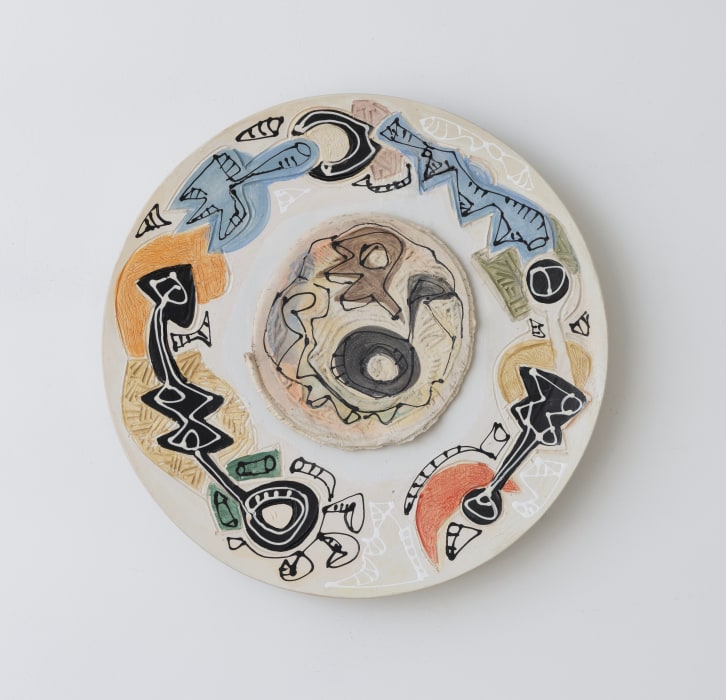 Untitled 32
Untitled 32
-
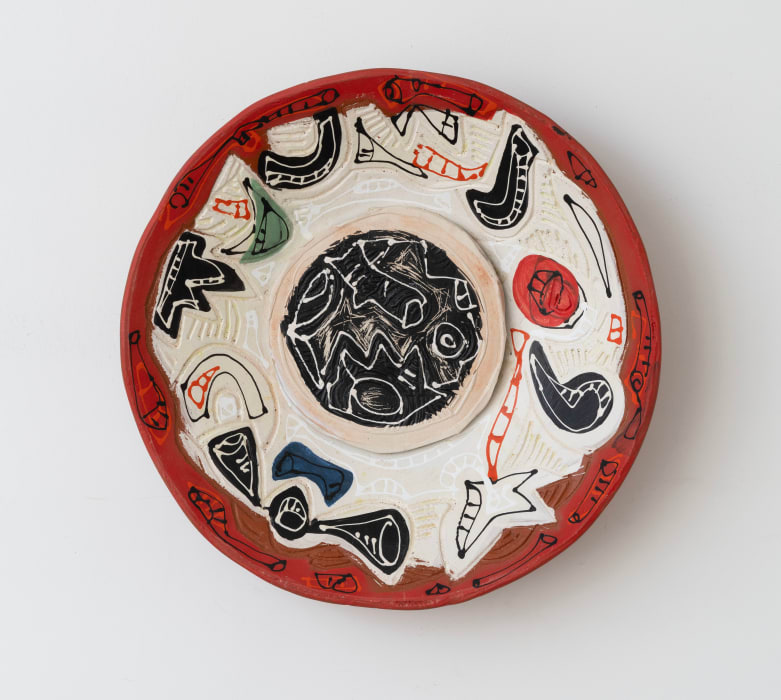 Untitled 33
Untitled 33
-
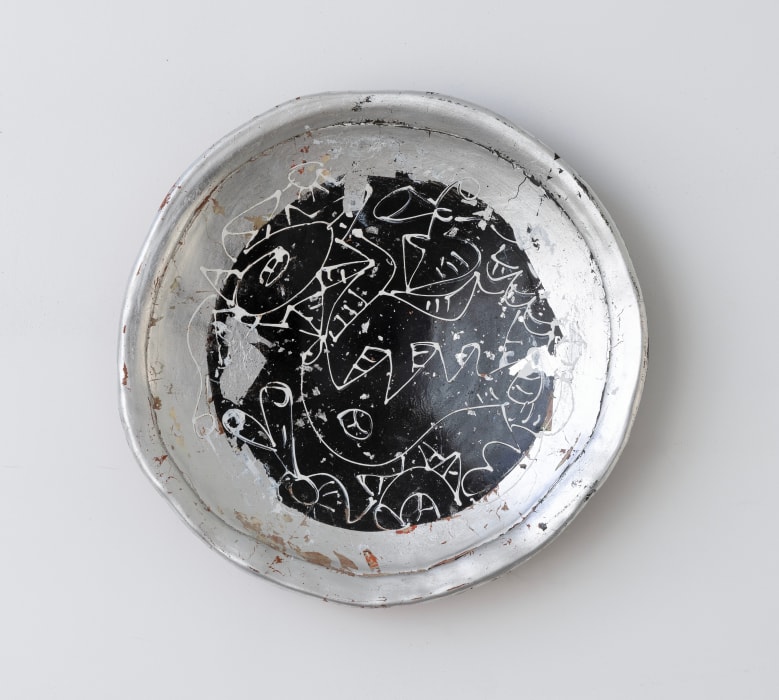 Untitled 34
Untitled 34
-
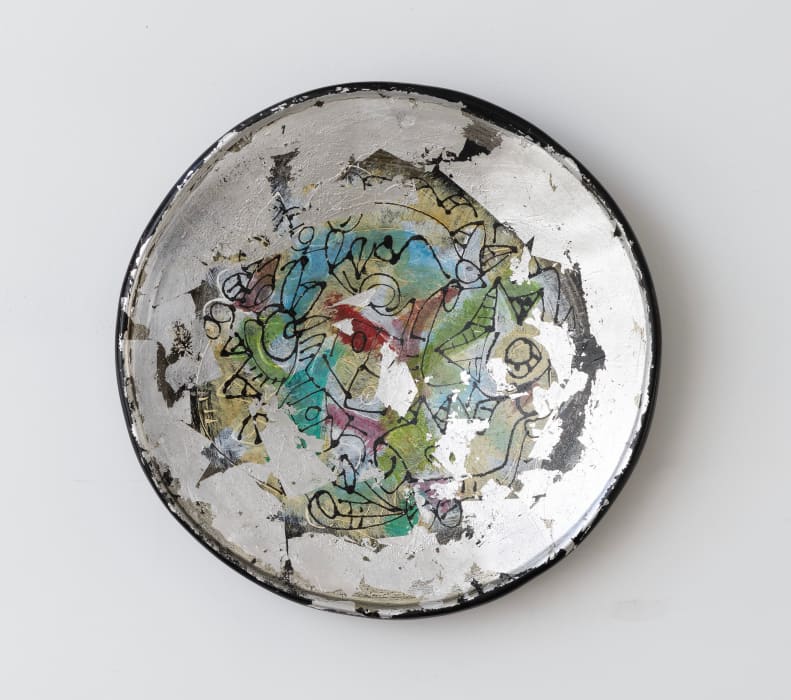 Untitled 35
Untitled 35
-
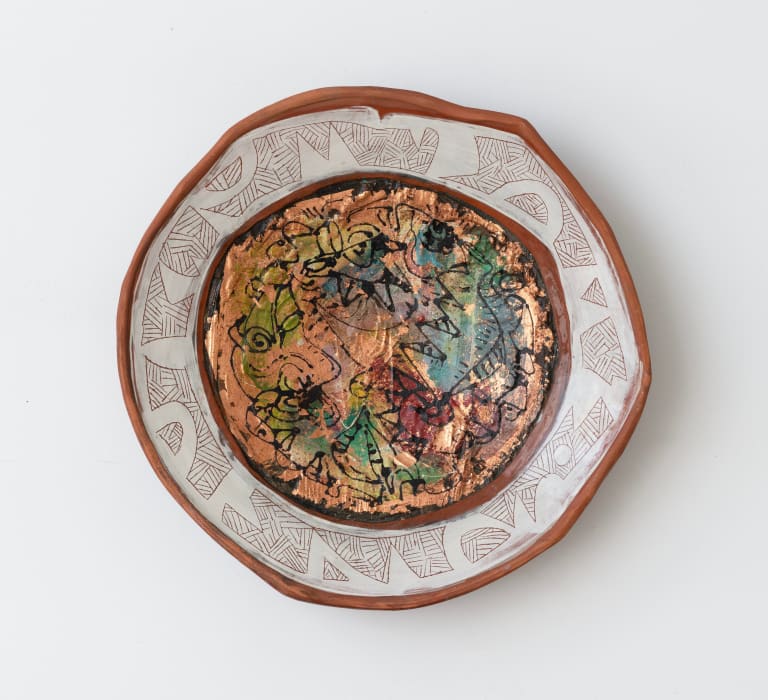 Untitled 36
Untitled 36
-
 Untitled 37
Untitled 37
-
 Untitled 38
Untitled 38
-
 Untitled 39
Untitled 39
-
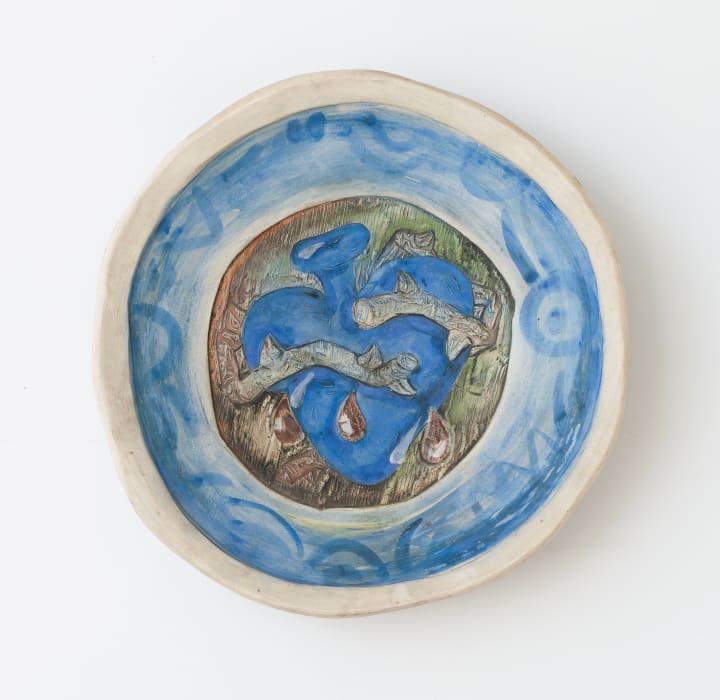 Untitled 41
Untitled 41
-
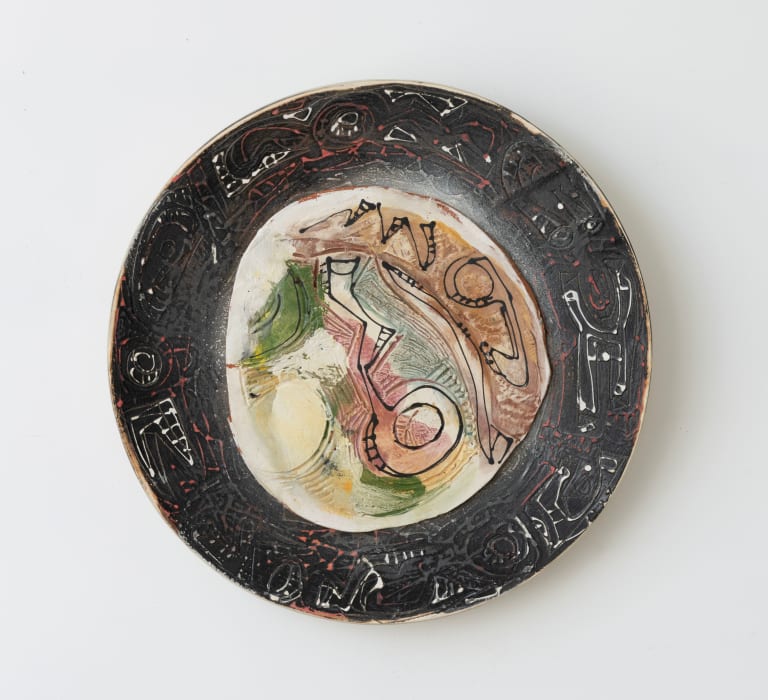 Untitled 42
Untitled 42
-
 Untitled 43
Untitled 43
-
 Untitled 44
Untitled 44
-
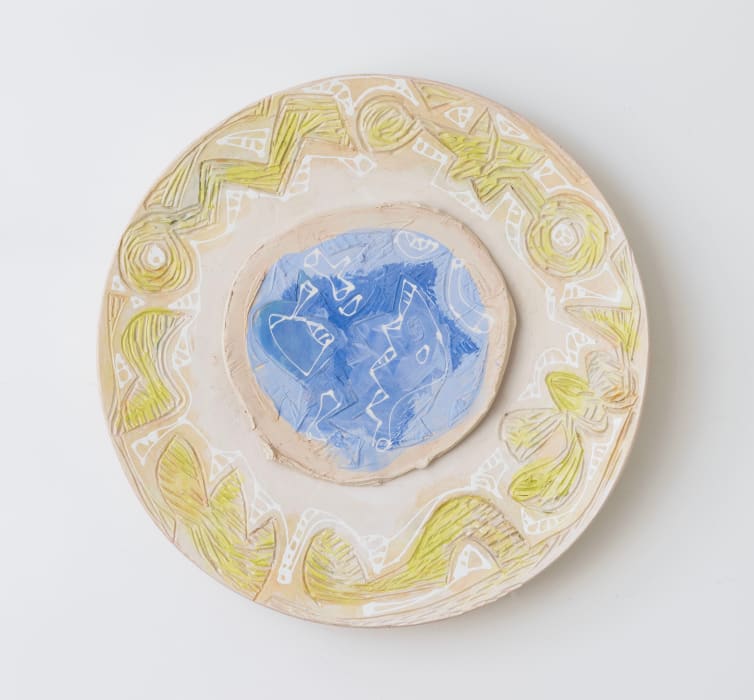 Untitled 45
Untitled 45
-
 Untitled 46
Untitled 46
-
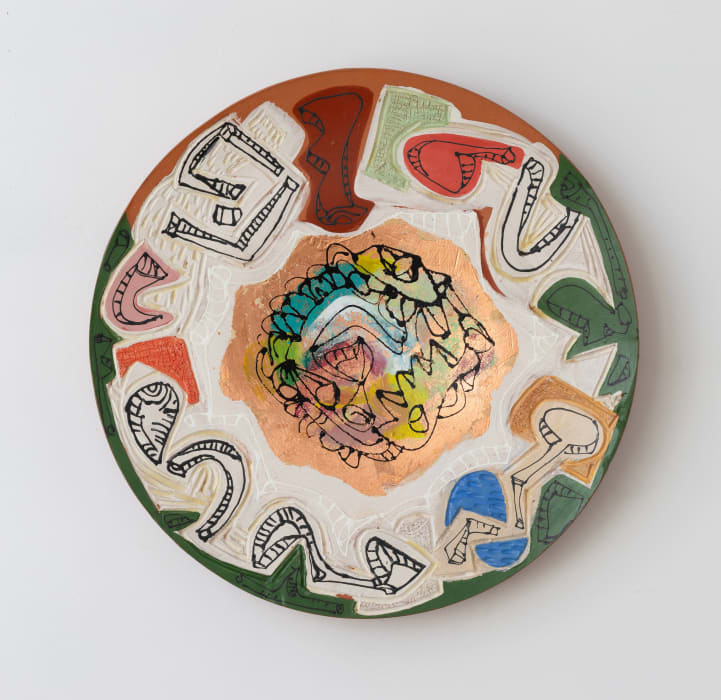 Untitled 47
Untitled 47
-
 Red Rising
Red Rising
-
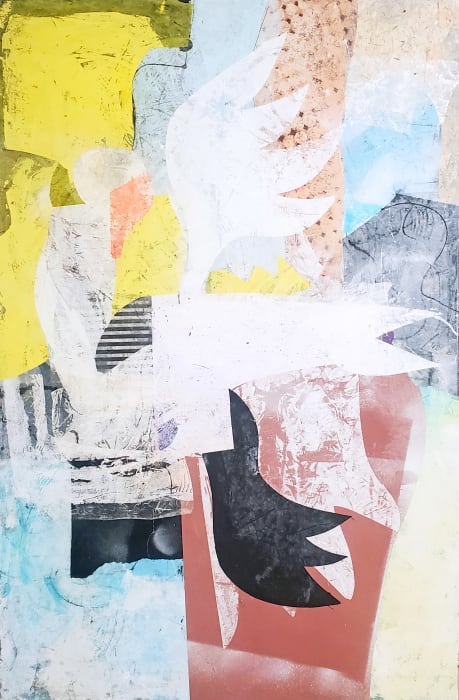 White Wing
White Wing
Artist STATEMENT
Charlie Hewitt’s practice is one of constant experimentation that began in the New York of the 1960s, initially influenced by the New York School. Though largely based on painting and drawing in those heady years, today Hewitt works in multiple media, including print making, drawing, painting, neon and LED-illuminated sculpture, metal, ceramic and digital art. What threads through all of these is an inescapable grounding in the freedom of drawing and the techniques of print making.
Whether this methodology results in imagery that is figurative or abstract, everything begins with drawing. His compulsive “doodling” feeds a visual iconography extrapolated from his richly varied life. Stylized tool shapes harken to carpentry work that funded his art career. Cards and dice refer to the gambles and risks of life, daring to win but willing to fail, all in the service of a creative life. Marquee signs allude to a magical, optimistic time of road travel in America, which were formative during road trips of his youth. But even the abstract shapes he employs in nonrepresentational compositions originate with pen or colored pencil on paper. Hewitt believes that the lexicon that arose from these doodles eventually helped release him from the shadow of New York School style.
Hewitt works in two studios, approaching each with completely different orientations. One is his lightworks studio, a converted greenhouse where he allows himself the freedom to play, producing illuminated sculpture and digital art. The words and imagery that comprise this subject matter are like autonomic writing, not ponderously conceived but filled with personal meaning, even in their perceived humor and lightheartedness.
The other studio is where Hewitt paints in a state of what he describes as a daily meditation or devotion toward Western European art traditions. Here, he achieves a balance with his lighter side through the humility inculcated by his classical training, where his materials and techniques demand discipline and rigor. These works often find inspiration in print making techniques, incorporating abstract shapes cut from handmade papers that are coated with paint and pressed onto canvas, frequently also collaging with other shapes onto the surface. This is arguably his most liberated work, free of content and narrative, but filled with and openness and expression he has finally learned not to question. Combined, these seemingly divergent impulses comprise a holistic life and oeuvre that is at once high and low, banal and precious, comic and sober, quotidian and spiritually transcendent.
